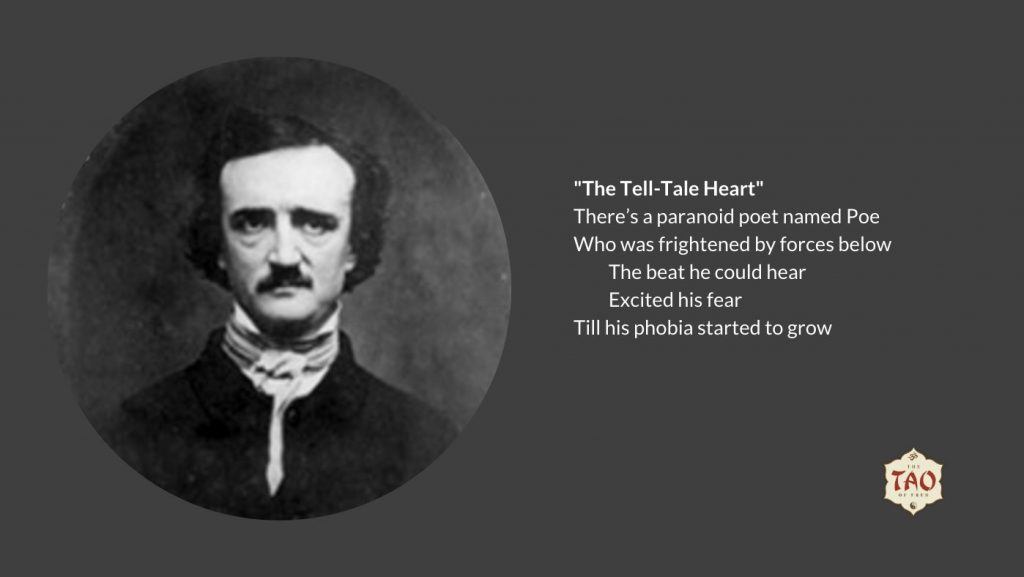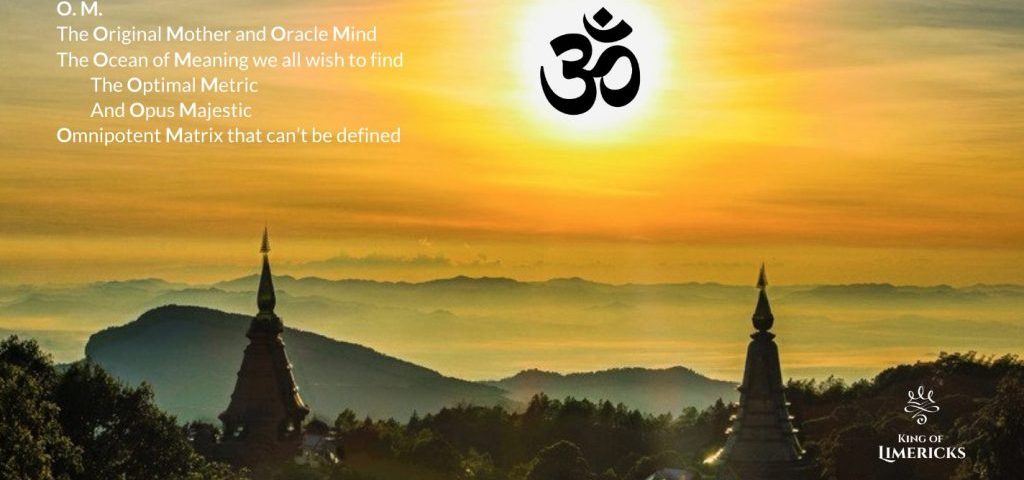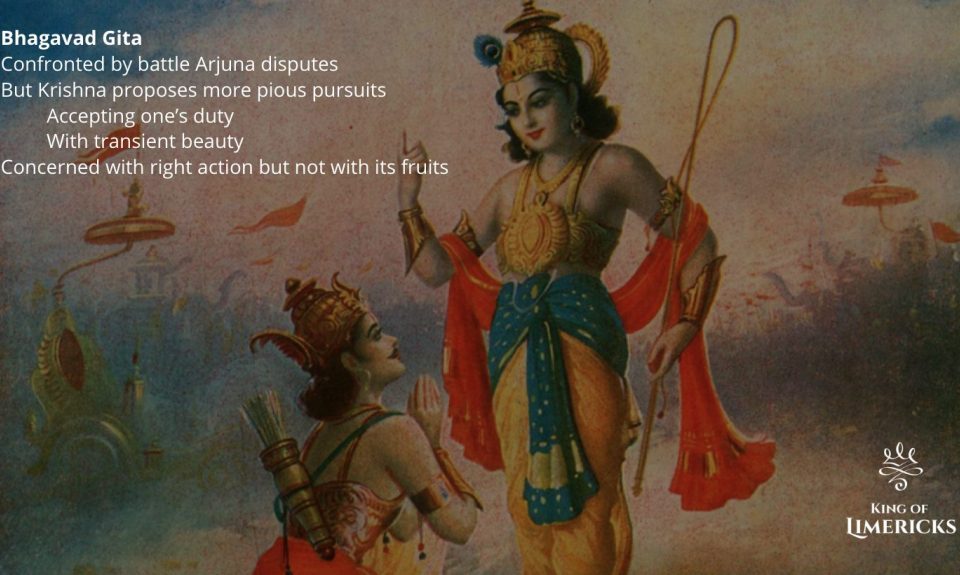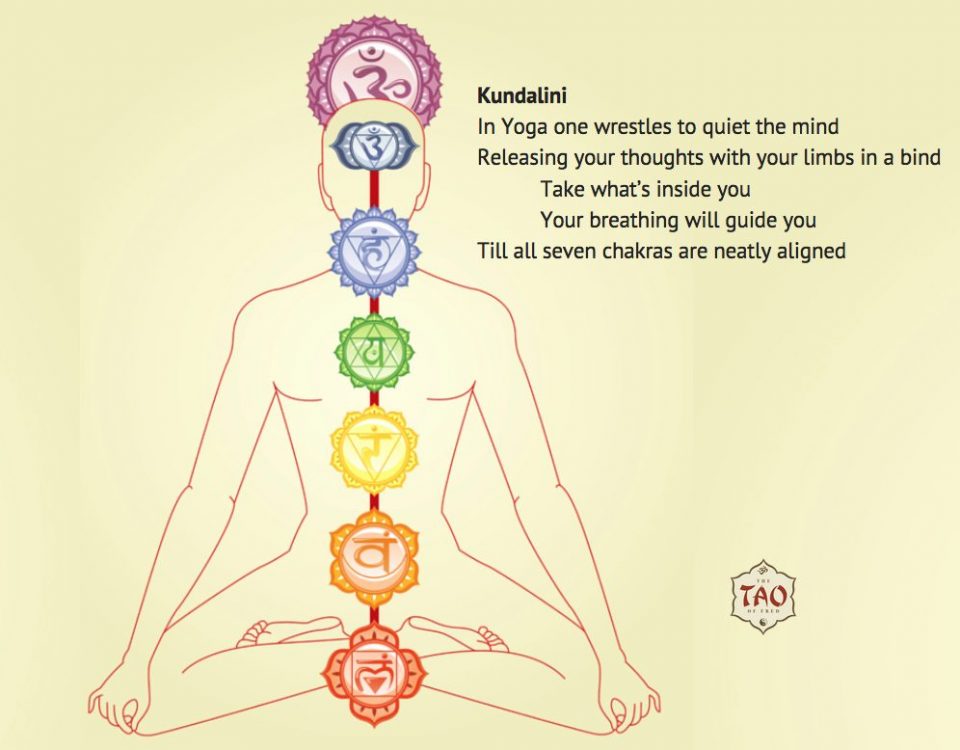
Enchanting Limericks about Fairy Tales

Edifying Limericks about American Literature

One of the most ubiquitous symbols of Eastern mythology, the Om reveals itself today in tapestries, jewelry, tattoos and all manner of yoga accessories. Most people will recognize it, but not everyone can identify it, and even fewer can identify with it. For each person who asks, there’s surely a dozen more who silently wonder, “What is the meaning of this cryptic symbol?”
Volumes have been written about this sacred syllable, in the ancient Hindu texts as well as by more modern sages and comparative scholars like Joseph Campbell. Traditionally, this humming sound, written as either Aum or Om, is chanted as a mantra before or after the reading of holy Vedic scriptures or a session of yoga.
Essentially, the Om represents the singularity of the cosmos, the unifying sound of the universe and all its resonation. You might read it as the name of god, or even the voice of god (god in the very non-Western sense, that is).
And like the New Testament divinity, this single Indian syllable is also divisible into three parts: a-u-m. These three phonemes are variously believed to represent the Hindu Trimurti, i.e. Brahma (creator), Vishnu (maintainer) and Shiva (destroyer or transformer); or the three stages of life, i.e. birth, life and death. Veering from these ideas, the range of interpretation is almost unlimited. Many, for example, believe in a vital fourth element: the silence which follows the a-u-m.
If the association with Indian deities is a little too esoteric, I have an even easier way to think about it. As you slowly chant the a-u-m, open with the A and imagine the first soft, green buds of spring. With the U, think of the lush vibrancy of summer, with all the trees and shrubs in full foliage. As you hum the M, picture the leaves turning and falling with autumn. Finally, take a moment to savor the silence, inhaling deeply as you continue to think of nature’s cycles, the bare branches of winter, the landscape blanketed with pure, white snow.
The way I see it, the four elements of the a-u-m, including the closing silence, correspond perfectly with the four seasons of nature. As I chant softly and focus my mind on the endless cycle of seasons, I find myself drifting into a peaceful state of meditation, in union with nature, and at one with all things.
Invoked in conjunction with prayer, yoga or meditation, the sacred Om syllable has a phenomenal capacity to elevate the practitioner’s state of consciousness, to transcend the world of the mundane and material, to open new doors of spiritual awakening, and to enter the nirvana of the universal mind.
So clear a little floor space or find a nice patch of grass and try for yourself. Who says you can’t go Om again?
Further Reading
If you found this exposition on the Om interesting, you’ll be sure to enjoy:
- Stages of Consciousness in the Mandala
- Limericks about Indian philosophy
- Limericks about the Bhagavad Gita
- Limericks about Taoism




